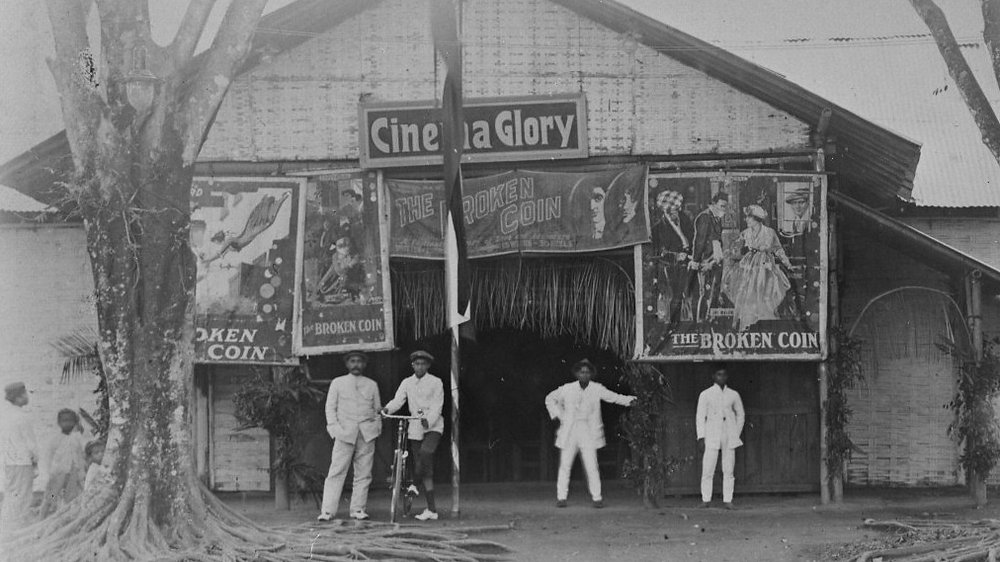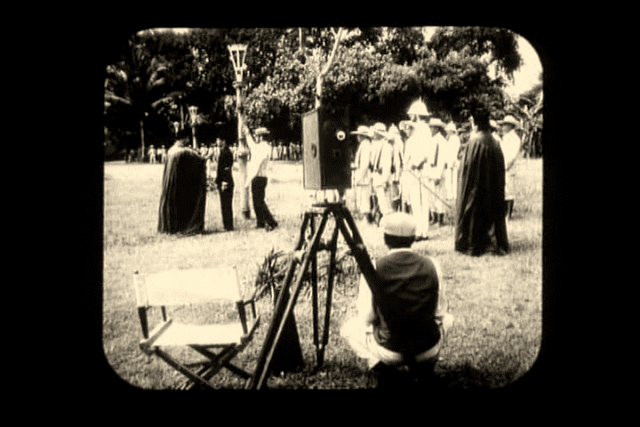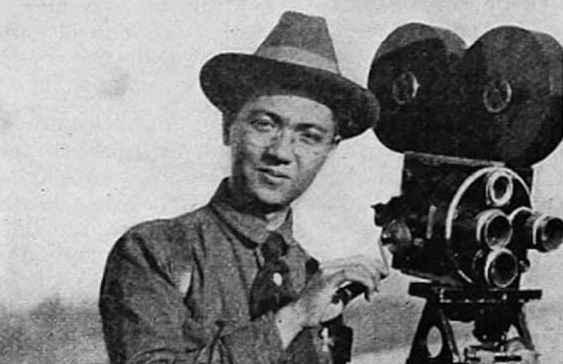How Cinema Came to the Philippines: 1896-1930s
The World in 1896
By the latter half of the 1890s, the world was at turmoil - political and technological. In Europe, a new technology was sweeping people’s imaginations: the arrival of the cinema. Introduced to the world by the Lumiere Brothers, it was now possible to record moving pictures instead of still photographs.
However, 10,495 kilometers away in a tiny archipelago in the Pacific, the Spanish colony of the Philippines was undergoing a tumultuous political revolution. Despite the looming destruction of the Philippine Revolution raging on at the time, at that point, even guns and bolos cannot stop the arrival of the most dominant entertainment medium of all time: the cinema.
The Arrival of the Moving Image (1897–1902)
In late 1896, a Spanish photographer named Francisco Pertierra announced the launching of the first few movies to be shown in his studio on the upcoming New Year’s Day 1897. These first movies were Un Homme Au Chapeau (Man with a Hat), Une scene de danse Japonaise (Scene from a Japanese Dance), Les Boxers (The Boxers), and La Place de L’ Opera (The Place L’ Opera). The films were shown to an audience in his Escolta studio through a 60mm Guamont Chrono photograph projector.
 |
| A Demeny-Gaumont Chronophotograph Camera/Projector, created in 1898 in France. Courtesy: Science Museum Group. |
During the Philippine Revolution, Liebman and Peritz played the first films at a Lumiere Cinematograph in Manila. The first cinema was set up in Escolta in August 1897, with general admission beginning on the 29th of August. Despite the promising start, attendance dwindled until the whole venture ceased in November that year.
Films that were shot during this period until the early 20th century were for documentary purposes, such as featuring battles during the Philippine-American War and landscapes of the Philippines as well as its cultural life.
Cinema Under New Masters (1902–1910)
Cinema as a commercial venture returned to Manila in 1900 when Cine Walgrah opened in No 60. Calle Santa Rosa, Intramuros. Other movie houses sprung up during this period such as the Gran Cinematografo Parisien in Quiapo and Cinematograpo Rizal (which was the first local-owned movie theater) located near the Tutuban Train Station.
 |
| Early 20th century movie houses in the Philippines looked similar like this one. Courtesy: Sea Asia |
The Rise of Local Voices (1912–1920s)
The next few decades saw Filipinos themselves dabbling in the exciting new medium. In 1912, the first locally produced Filipino film titled, La Vida de Rizal was shown in theaters. Throughout the decade, films about Rizal were released by rival companies to capitalize on the nationalistic craze which proves the viability of cinema as a cultural and political expression.
 |
| A still from the film La Vida de Rizal (1912). Courtesy: Alchetron |
The 1910s also saw the arrival of Jose Nepomuceno, who soon became the Father of Filipino Cinema for his contributions to the emerging art form. In 1917, he opened his production company, Malayan Films which produced all of his films including Dalagang Bukid, featuring Atang de la Rama.
 |
| National Artist Jose Nepomuceno. Courtesy: FDCP |
Shaping of National Identity (1920s–1930s)
Nepomuceno once again proved his title as Father of Philippine Cinema when he released the first Filipino sound film, Punyal na Ginto in 1933. During this period, the studio system took shape in the Philippine film industry like it did in the United States.
 |
| Advert for the 1933 film Punyal na Ginto. Courtesy: IMDB |
Local studios churned out movie after movie in a production system similar to Hollywood. As a result, the 1930s produced the first well-known celebrities such as Fernando Poe Sr and Rosa Del Rosario. Most stars during this period were of mestizo descent (Filipinos with foreign blood and features).
 |
| Leading actors of the period had mestizo features. |
In the next few years however, Philippine cinema will undergo tremendous change during the war years, halting commercial production altogether and will experience its peak cultural and critical relevance in the 1950s. Soon, we would explore Philippine cinema during the war years and during its so-called “Golden Age.”
Many of these films are now lost to time, some are archived properly and some are not. Though, they all share one common feature: they hold a certain historical significance showcasing a culture that is creative and can adapt to modern technology. This certainly boasts Filipino talent in the realm of performing arts.
Even when introducing it with such a great distance, no one could deny that cinema had a profound influence in Philippine arts and culture, especially during its development during its early years. Understanding the early years of Philippine cinema can go a long way in order for us to understand today the importance of cinema in shaping our national culture and identity, utilizing the emerging medium not as a tool for commercial success but as a medium to create art that could be appreciated by every Filipino.


